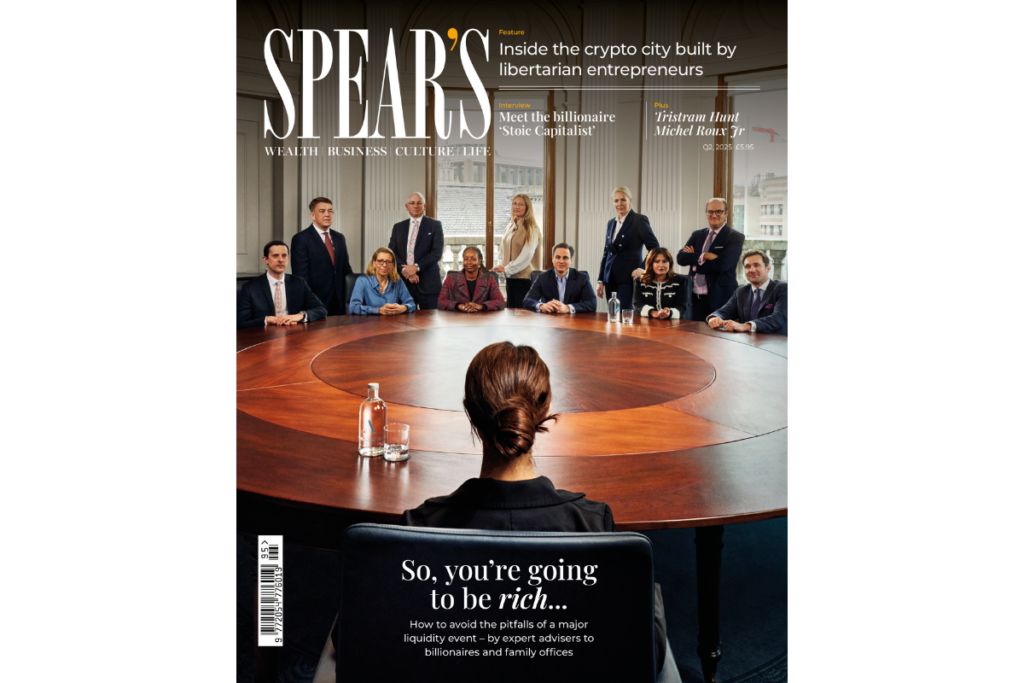
Last year was described as ‘the year that hedge funds got their mojo back’ by the Wall Street Journal, as the average hedge fund posted a double-digit return in 2024, beating a typical 60/40 portfolio split between stocks and bonds.
The hedgies of Mayfair and Manhattan have been headline news thanks to their big trades and innovative strategies since the Nineties, when George Soros and his team – which included the new US treasury secretary, Scott Bessent – ‘broke’ the Bank of England with their bets against sterling.
[See also: Top hedge fund investment ideas for 2025]
They’ve also been known for something else: high fees. The standard ‘two-and-20’ model sees managers charge a 2 per cent management fee and pocket a fifth of profits. That’s always been hard for some investors to stomach, especially in leaner times, when performance has been mixed.
The debate intensified in January when LCH Investments published research which found that fees charged to investors as a proportion of gross gains had increased from around 30 per cent in the early decades of hedge funds to around 50 per cent in the past two decades (see chart below). In other words, hedge fund managers profit as much from gains as the investors who actually put up the capital; a statistic unlikely to win the industry new friends in allocator circles.
The data is contested, however. New York-based research firm PivotalPath says the methodology relies on commercial databases that have historically understated industry performance. A similar analysis using its index, which includes many institutional-quality hedge funds unaccounted for in commercial datasets, takes the hedge fund profit share to 34 per cent since its inception in 1998.
Most would agree, however, that top funds have become more expensive. Leading multi-manager hedge funds have delivered some of the industry’s best returns in recent years with a ‘pod-shop’ approach offering investors access to multiple teams trading different strategies through a single fund. These firms have pioneered the ‘pass-through’ fee model, which sees day-to-day costs, most notably trader pay and bonuses, charged directly to the investor.
[See also: Best private equity and alternative asset advisers in 2024]
A recent Bloomberg article sparked a furore by highlighting that compensation and other costs meant investors in the flagship fund at Chicago-based Balyasny Asset Management made just 2.8 per cent in 2023, even though the fund grossed as much as 15.2 per cent.
Analysis of the expenses funds charge directly to investors at top firms ranged from private jets to employee gifts. Industry supporters point out that net returns are the most important figures, and that many of the firms with the most expensive fees have delivered the best risk-adjusted returns: Citadel, DE Shaw and Millennium are the top three firms on LCH’s all-time list (see table below).
Trade group AIMA points out these fee structures are not representative of the industry as a whole, which has seen management fees fall over time (when pass-through is excluded).
The headlines are nonetheless damaging at a time when hedge funds should, in theory, be well placed to capitalise on fresh investor demand for high-performing liquid strategies. The era of easy 60/40 gains came to an end in 2022, while higher rates have proved to be a headwind for private equity.
Though pension funds remain the main source of hedge fund allocations, family offices and other private wealth segments have found some recent success. Family offices reported average returns by hedge funds in their portfolio of 14.7 per cent – higher than any other allocator group – in 2024, according to a Goldman Sachs prime brokerage report.
[See also: Dubai swoops for London hedge fund traders]
But higher costs and the controversy around pass-through have not helped appetite, says Joe Reilly, CEO of Circulus, a family office network in Connecticut. ‘Family offices have to be long-term,’ he says. ‘There is no guarantee the high returns will continue, and when newer features like pass-through ratchet up the costs, it becomes very difficult to make the case for family offices [to invest]. Investing is a partnership, but it won’t feel that way if GPs [general partners] take up so much of the gains. Management fees were supposed to come down over time, after all.’
Bruno Schneller, managing director at Erlen Capital Management, a multi-family office and wealth manager in Zurich, agrees: ‘Their tolerance for high fees is often lower than that of institutional investors. Family offices tend to be more fee-sensitive, partly because they are directly managing generational wealth rather than pooling assets from multiple investors. Many family offices are questioning whether the fees are justified, particularly when net returns are not significantly better than lower-cost alternatives like ETFs or index funds.’

There is also a trend towards in-house investment teams within family offices, reflecting a desire to reduce dependency on external managers and associated fees. And bigger allocators, from pension funds to private banks, have more negotiating power, notes Reilly. ‘That isn’t the case for family offices, which don’t have the same scale and, as a result, can lack leverage.’
[See also: Family offices ride out turbulent third quarter without a retreat to cash]
This may help explain why private banks are becoming a key source of inflows for hedge funds. According to Goldman Sachs’ Q4 survey of allocators, private banks had the strongest conviction in hedge funds, with two-thirds planning to increase exposure this year.
But whichever client group hedge funds are targeting, there are some fundamental tenets they would do well to hold, says Paul Gray, managing partner at Ironhold Capital, a hedge fund in New York.
‘Fund managers must be mindful of their operational expenses and try to refrain from passing on too much cost to their end clients,’ he notes. ‘Fund managers must carefully streamline their operations and be mindful of costs that may strip away positive performance from their limited partners and clients.’
Topline ‘alpha’ figures might have dominated the headlines in the past, but in 2025 and beyond, efficiency and fees are more important than ever.
This article first appeared in Spear’s Magazine Issue 95. Click here to subscribe









